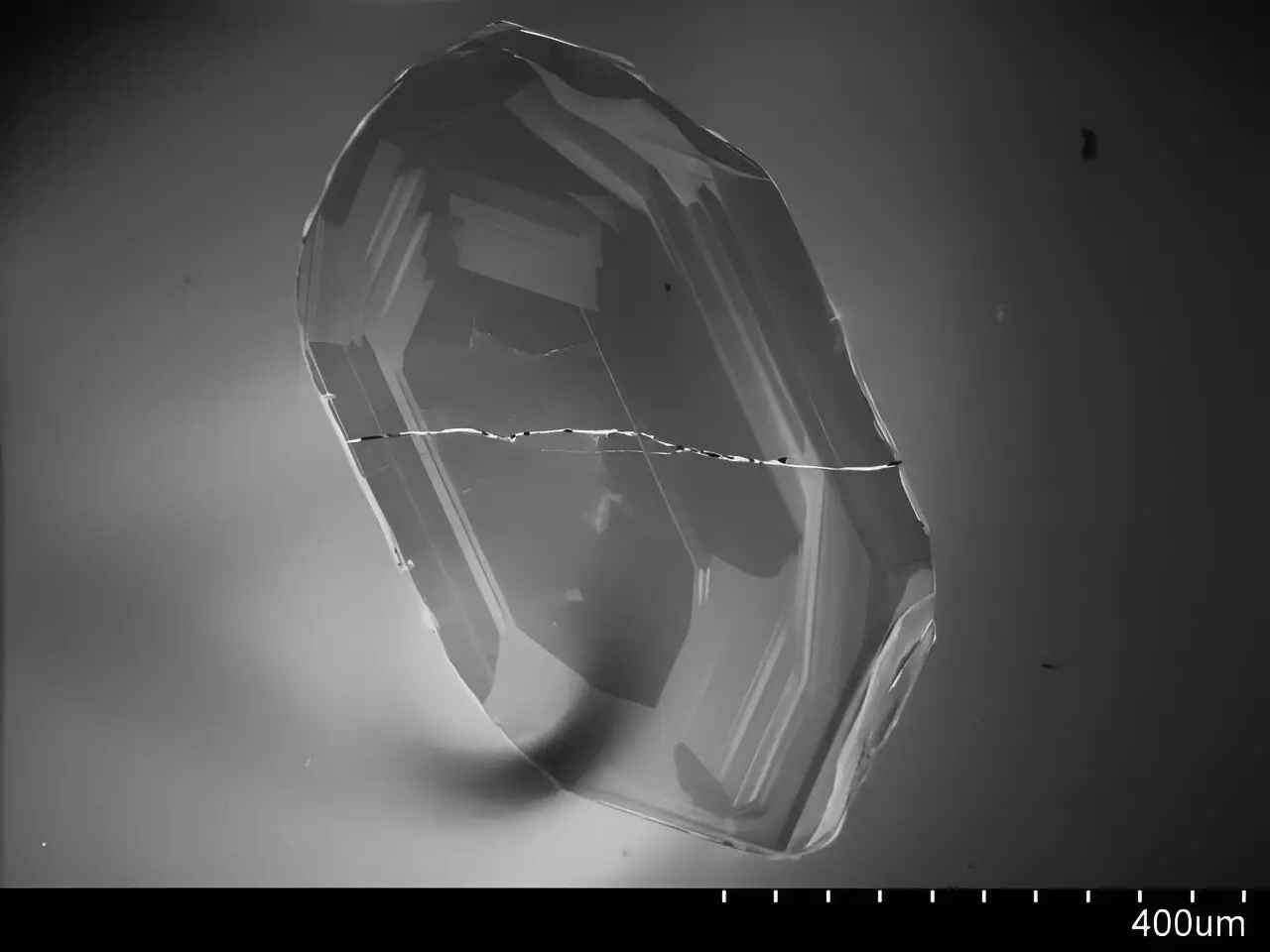Recent research challenges conventional understandings of Earth’s tectonic history, suggesting that the dynamics of plate tectonics 4 billion years ago were more complex than previously recognized. The findings, published in the *Proceedings of the National Academy of Sciences*, highlight how ancient tectonic processes may have been as diverse as those we observe in modern geological activity. This new perspective stems from an in-depth analysis of zircon minerals extracted from some of the planet’s oldest crust, providing a valuable window into the formative years of Earth.
The research team focused on zircon minerals from two significant geological formations: the Saglek-Hebron Complex and the Acasta Gneiss Complex. The zircons, which date between 4.0 billion and 2.7 billion years old, exhibit remarkable resilience to both physical and chemical weathering. This durability makes them valuable indicators for understanding the environmental conditions of the early Earth. By studying these ancient minerals, researchers uncovered evidence that a variety of tectonic styles coexisted, rather than following a linear evolutionary path.
Traditionally, theories suggested a simpler progression from volcanic activity to collisional tectonics. However, this study posits that multiple tectonic processes could have been active simultaneously, mirroring the plurality of tectonic activities we see today. This revelation not only reshapes our understanding of Earth’s tectonic development but also offers clues for theorizing about the geological dynamics on other potentially habitable exoplanets.
Emily Mixon, the lead author of the study, articulates the significance of these findings by connecting plate tectonics to broader questions about Earth’s history, particularly in relation to the evolution of life. Plate tectonics plays a crucial role in regulating the movement of carbon and water—essential components for life. Understanding how tectonic processes operated in the early Earth is critical for mapping out the timeline of life’s evolutionary history, suggesting that the mechanisms facilitating these processes were already in play billions of years ago.
Moreover, this research opens new avenues for exploring the habitability of other celestial bodies. The existence of complex tectonic processes may be a key factor in assessing whether a planet can support life. Insights from ancient Earth could potentially inform astrobiologists seeking signs of similar processes on distant worlds.
The findings from this study compel geologists and planetary scientists to reevaluate existing models of tectonic evolution. The complex interplay of various tectonic styles in Earth’s infancy raises questions about the stability and predictability of geological processes over vast timescales. This knowledge could lead to refined models that not only apply to Earth but also to the understanding of planetary structures elsewhere in the universe.
As researchers continue to delve into the complexities of Earth’s ancient geology, the interplay between diverse tectonic processes may shed light on the intricate tapestry of Earth’s history and its potential to harbor life. The study of zircons, with their rich geological backstory, will undoubtedly remain a focal point in the quest to unveil the early narratives of our planet’s dynamic surface.


Leave a Reply